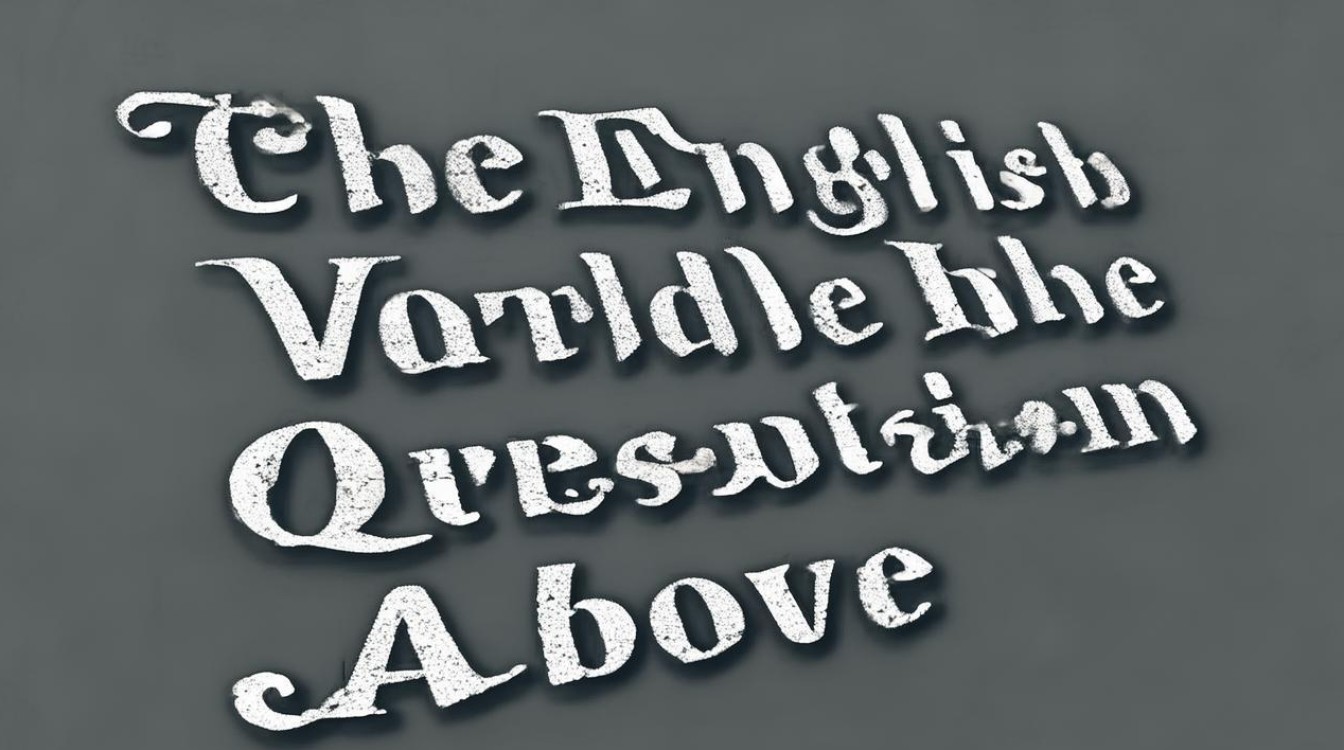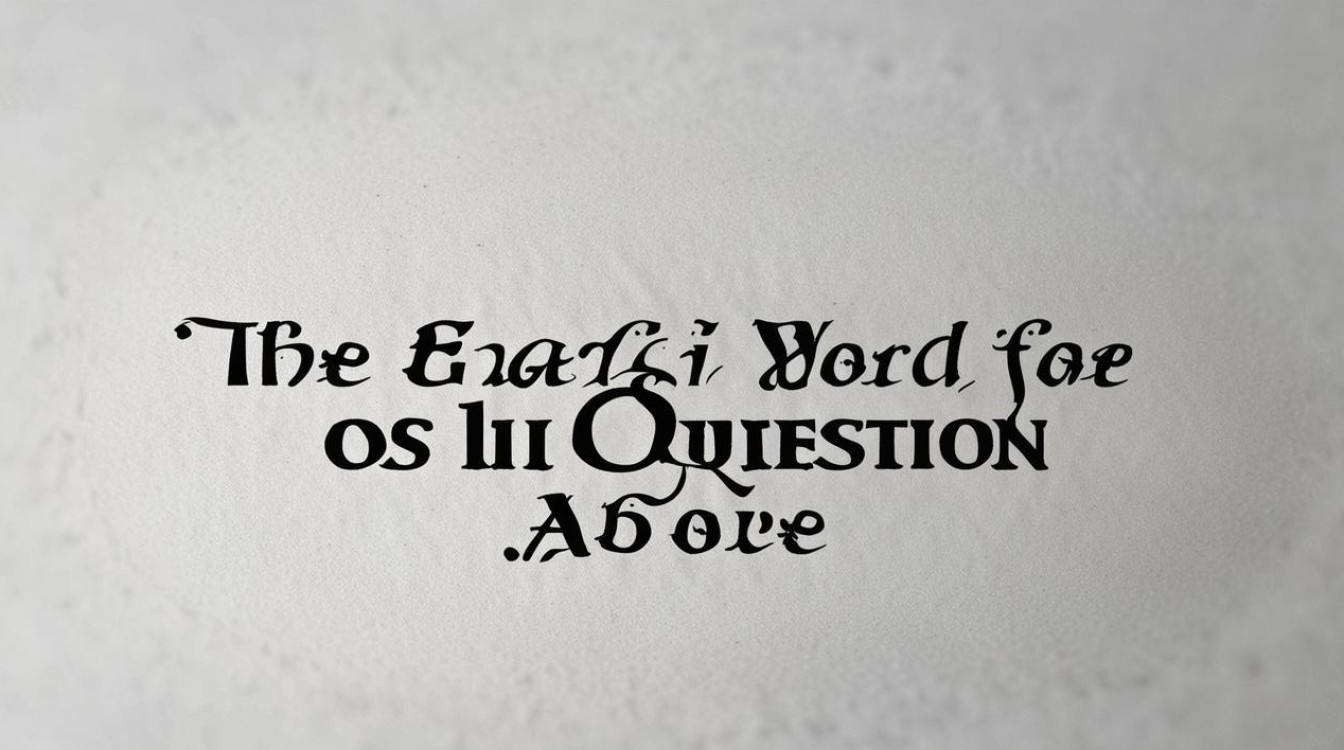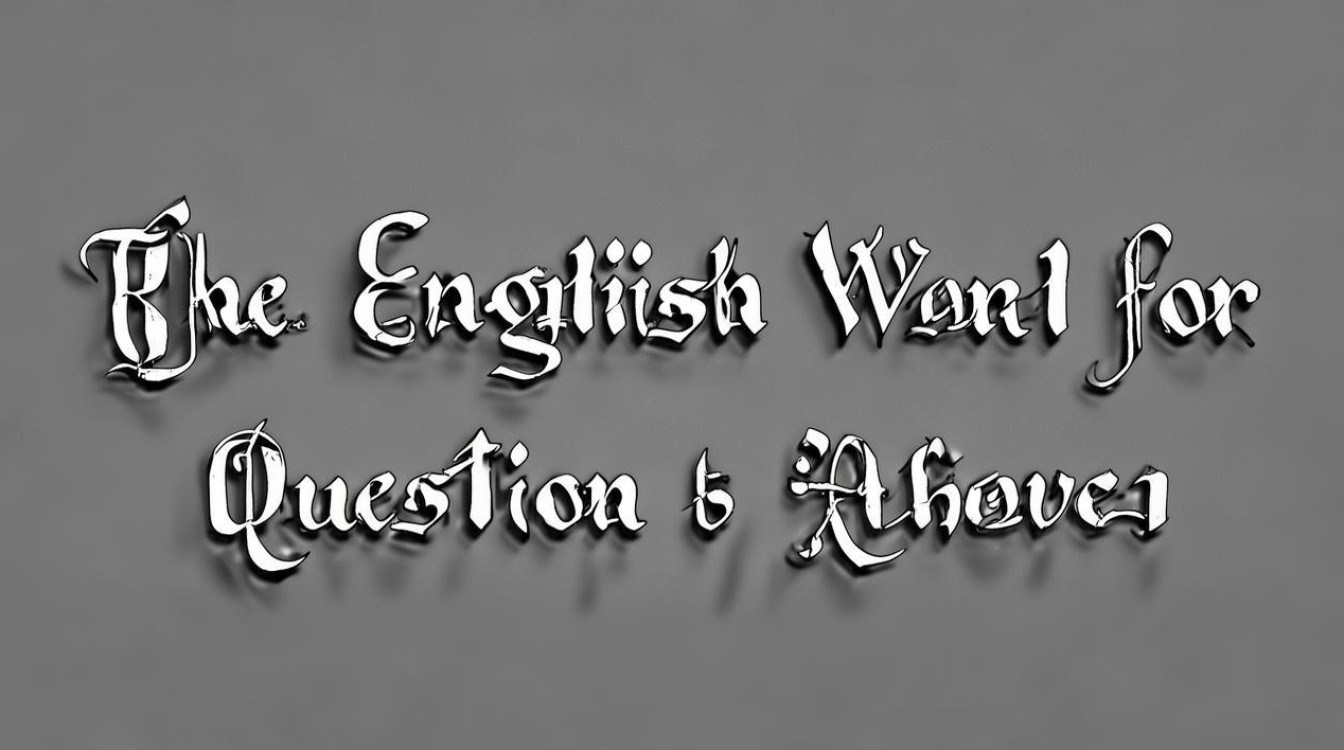Understanding the correct English word for a specific question can be crucial, especially for language learners, professionals, or anyone looking to communicate effectively. Whether you’re translating, writing, or simply expanding your vocabulary, knowing the right term helps avoid misunderstandings.

Why the Right Word Matters
Words carry meaning, tone, and context. Using an incorrect or vague term can lead to confusion, while the right one ensures clarity. For example, in legal, medical, or technical fields, precision is non-negotiable. Even in everyday conversations, the difference between "happy" and "ecstatic" changes how your message is received.
Common Challenges in Finding the Right Word
- Synonyms and Nuances – Many English words have similar meanings but different connotations. For instance, "angry" and "furious" both describe strong emotions, but "furious" implies greater intensity.
- False Friends – Some words sound similar across languages but mean entirely different things. For example, "actual" in English means "real," while in Spanish, "actual" means "current."
- Contextual Usage – Words may fit grammatically but not contextually. "Big" and "large" are often interchangeable, but you’d say "a big decision," not "a large decision."
How to Identify the Correct Word
- Use Reputable Dictionaries – Oxford, Cambridge, and Merriam-Webster provide definitions, examples, and usage notes.
- Read in Context – Books, articles, and well-written content show how words function naturally.
- Practice with Native Speakers – Engaging in conversations or forums helps refine word choice.
- Leverage Technology – Tools like Grammarly or Hemingway highlight awkward phrasing and suggest alternatives.
Expanding Vocabulary Effectively
Building a strong vocabulary isn’t about memorizing lists—it’s about understanding usage. Here’s how:

- Learn Roots and Prefixes – Knowing "bio-" (life) and "-ology" (study of) helps decipher "biology."
- Keep a Journal – Write down new words, their meanings, and sentences using them.
- Engage with Varied Content – Podcasts, documentaries, and literature expose you to diverse terminology.
Avoiding Common Pitfalls
- Overcomplicating Language – Simplicity often works better than complex jargon.
- Ignoring Collocations – Some words naturally pair together (e.g., "make a decision," not "do a decision").
- Relying Solely on Translation Tools – Machines can miss cultural or idiomatic nuances.
Practical Examples
Let’s say the question is about the English word for "schadenfreude." The answer is "schadenfreude" itself, as English borrowed this German term meaning pleasure from others' misfortune. However, if no direct equivalent exists, phrases like "malicious joy" might convey a similar idea.
Another example: the French "déjà vu" is used in English to describe the feeling of having experienced something before.

The Role of E-A-T in Language Content
For content to rank well (and be trustworthy), it must demonstrate Expertise, Authoritativeness, and Trustworthiness (E-A-T). This means:
- Expertise – Providing accurate, well-researched information.
- Authoritativeness – Citing reliable sources or demonstrating firsthand knowledge.
- Trustworthiness – Ensuring clarity, correctness, and relevance.
When writing about language, referencing dictionaries, academic sources, or expert opinions strengthens E-A-T.

Final Thoughts
Language is fluid, and finding the perfect word requires patience and practice. Whether you’re a student, writer, or casual learner, focusing on context, usage, and reliable resources ensures you communicate effectively. The right word doesn’t just convey meaning—it shapes understanding.


